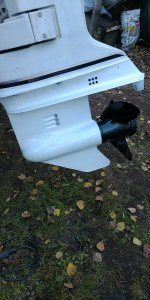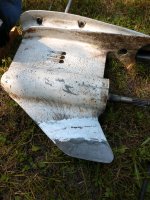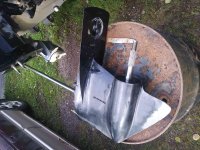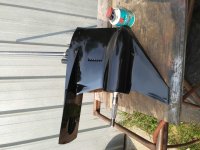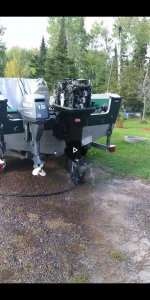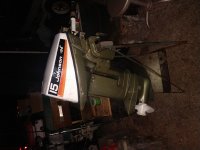[email protected]
New member
I'm looking for experienced advice regarding the replacement of a broken skeg on a 2020 Yamaha 150 HP outboard. I have seen the clamp over repair skegs but believe this one is broken too close and I prefer to maintain somewhat original appearance.
I have seen weld on skegs where the lower unit is machined and aluminum replacement skeg is welded on. If anyone has experience with these your thoughts will be appreciated. The welding would be performed by a professional, I don't trust my aluminum welding skills. One issue, how far is it recommended to break down the lower unit. I would expect that prop shaft seals and water pump must be removed to protect from welding heat. How far beyond that? Due to the tolerances I am reluctant to break down beyond necessity.
Again, all advice by those who may have done this procedure will be appreciated.
Gerry
I have seen weld on skegs where the lower unit is machined and aluminum replacement skeg is welded on. If anyone has experience with these your thoughts will be appreciated. The welding would be performed by a professional, I don't trust my aluminum welding skills. One issue, how far is it recommended to break down the lower unit. I would expect that prop shaft seals and water pump must be removed to protect from welding heat. How far beyond that? Due to the tolerances I am reluctant to break down beyond necessity.
Again, all advice by those who may have done this procedure will be appreciated.
Gerry


